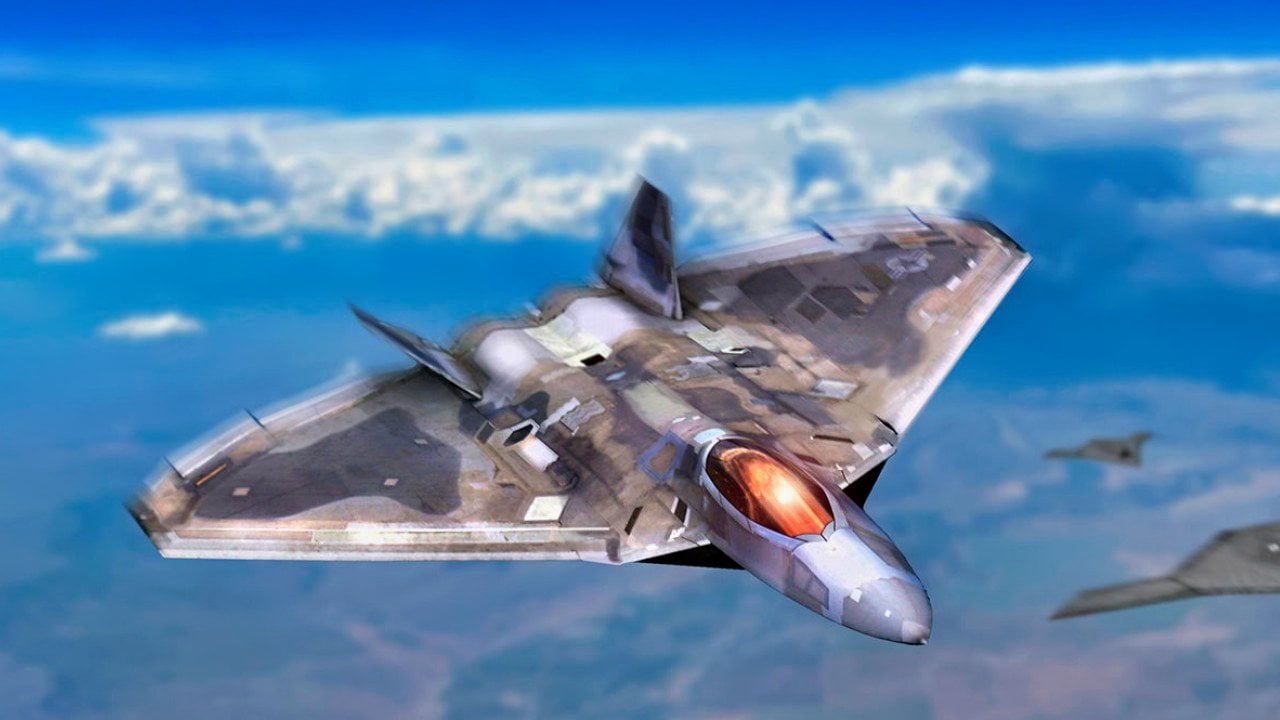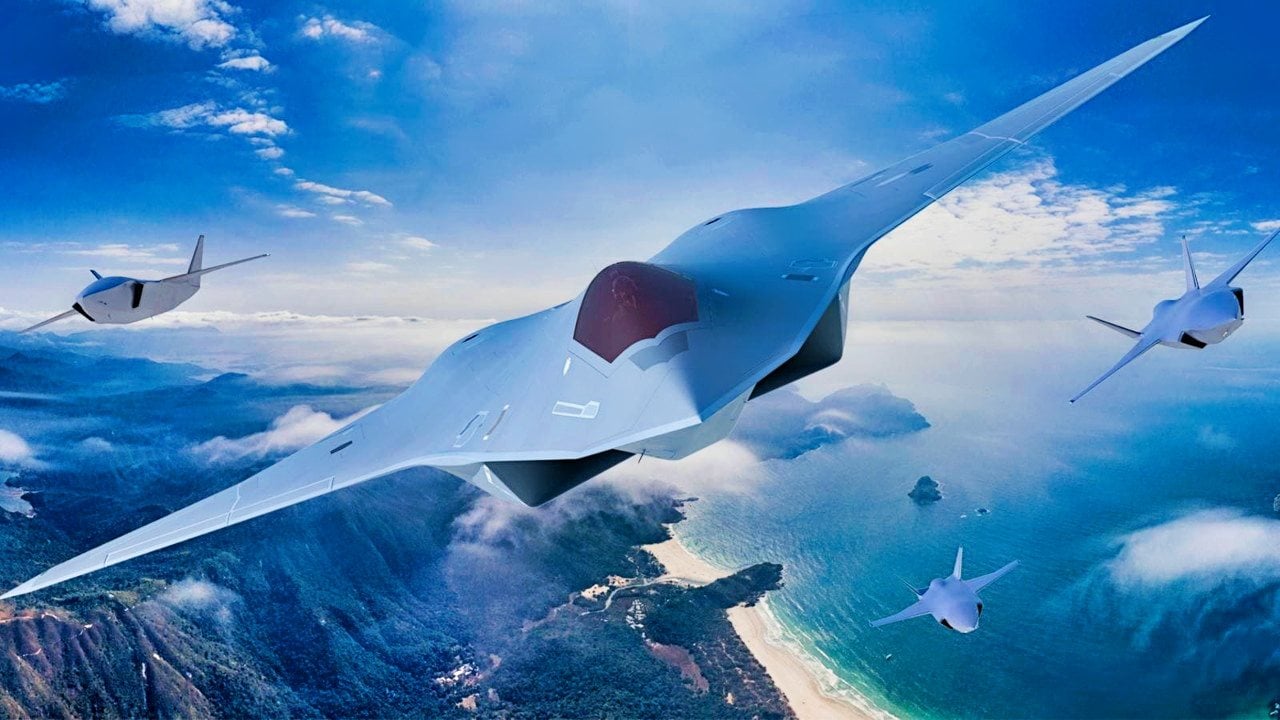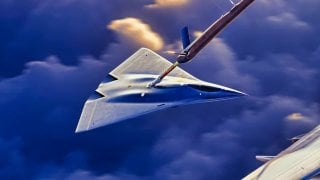Inside the Air Force's $300 Million (Per Plane) NGAD Stealth Fighter Program
The U.S. Air Force is investing hundreds of millions of dollars into the Next Generation Air Dominance (NGAD) program, which aims to produce a sixth-generation stealth fighter jet to replace the F-22 Raptor.
Summary and Key Points: The U.S. Air Force is investing hundreds of millions of dollars into the Next Generation Air Dominance (NGAD) program, which aims to produce a sixth-generation stealth fighter jet to replace the F-22 Raptor.

-The NGAD, expected to cost up to $300 million per aircraft, will feature both manned and unmanned capabilities.
-This program follows a secret X-plane project from 2014, led by DARPA, which tested technologies now being considered for NGAD. The Air Force plans to award a contract for NGAD in 2024, with Lockheed Martin and Boeing as main contenders.
How DARPA's Secret Project Influenced the New NGAD Fighter Jet
The United States Air Force is spending hundreds of millions of dollars on the Next Generation Air Dominance (NGAD) program that aims to produce a sixth-generation stealth fighter jet.
The NGAD program has been going on for some years, and the Pentagon expects to have a capability to test by the end of the decade. The NGAD is expected to replace the F-22 Raptor stealth fighter jet and be the future of America’s air superiority fleet. The sixth-generation stealth fighter jet will have both manned and unmanned capabilities and can cost up to $300 million per aircraft.
However, before the NGAD showed up, the Pentagon was working on a secret X-plane that ended up opening the door for the upcoming stealth fighter jet.
A Secret X-Plane
The X-Plane study lasted for about a year, starting in 2014, according to Air Force Secretary Frank Kendall. Named “The Dominance Initiative” and led by the Defense Advanced Research Projects Agency (DARPA), the project evolved over a year and recommended a family of unmanned systems that could accompany the NGAD fighter jet.
Then, a year later in 2015, the Pentagon started working on an X-Plane that preceded the NGAD program. According to Kendall, approximately $1 billion went into the program, with the Air Force, Navy, and DARPA each covering one-third of the cost. The X-Plane program produced some prototypes that were successful in testing technology innovations that are likely now being considered for the NGAD program.
As a note, when the Air Force is working on a new project, it gives it an “X” designation for the initial phases of testing and development. Such aircraft are used to test new technology and sensors. Once a project gets the green light and moves forward, it receives a “Y” designation for its prototypes. Finally, once an aircraft is ready and receives a contract, it receives a designation according to its operational role—for example, “F” for a fighter jet, “B” for a bomber, “A” for an attack aircraft, etc.
The NGAD Fighter
The Air Force expects to award a contract for the NGAD within 2024.
In May 2023, the Air Force released a classified solicitation to a small number of defense and aerospace companies for the engineering and manufacturing of the NGAD fighter jet. Then, last summer, Northrup Grumman dropped from the race for the sixth-generation aircraft, leaving Lockheed Martin and Boeing as the two main contestants. A number of other firms, such as General Atomics and Textron, will also be working on different NGAD technologies.

When it comes to the engine, Pratt & Whitney is working on it and recently completed a critical assessment on the Next-Generation Adaptive Propulsion (NGAP), which is an important step toward a final design.
Although the Navy isn’t currently interested in the fighter jet that will come out of the NGAD, it is interested in the F/A-XX carrier-based sixth-generation stealth fighter jet that will very likely share a lot of technology with the Air Force’s NGAD.
About the Author:
Stavros Atlamazoglou is a seasoned defense journalist specializing in special operations and a Hellenic Army veteran (national service with the 575th Marine Battalion and Army HQ). He holds a BA from Johns Hopkins University and an MA from the Johns Hopkins’ School of Advanced International Studies (SAIS). His work has been featured in Business Insider, Sandboxx, and SOFREP.


